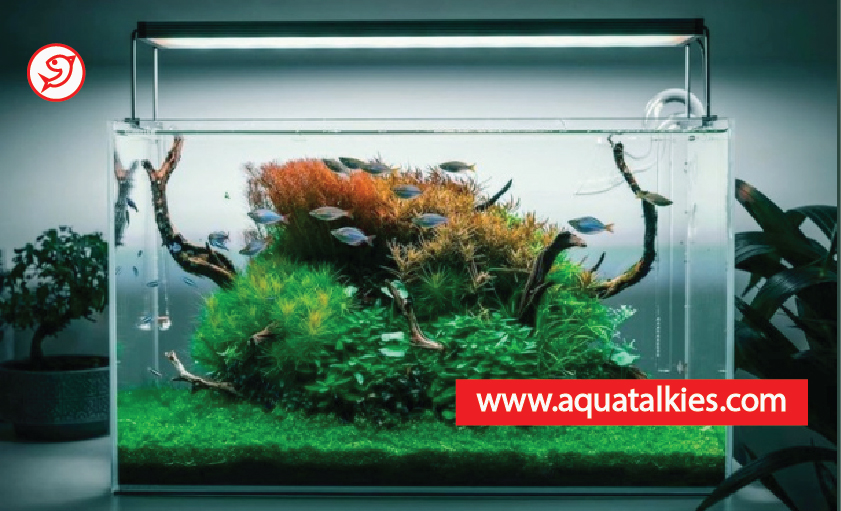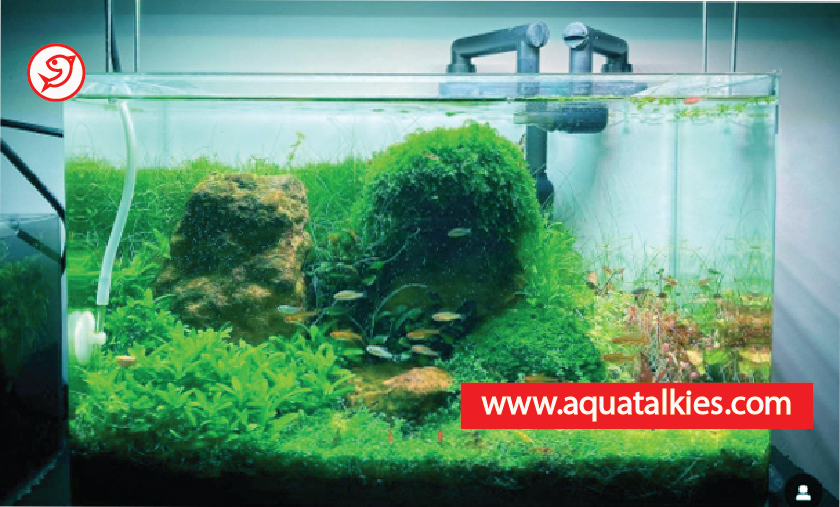Anchoring or holding plants are best for both flora, fauna and even human beings. But when it comes to anchoring plants in aquariums, let the discussion be confined there. We will talk about how to anchor aquarium plants today.
There is no alternative for anchoring aquarium plants to enhance the beauty of the aquarium. To meet the oxygen needs of fish or other fauna, anchoring plants in the aquarium are essential. Undoubtedly, the plants and fishes or other fauna in the aquarium enhance its beauty.
But holding plants in the aquarium is not an easy task. To do this, you need to know the basic formula and methods. There are some crucial factors you have to consider to fix up the plants tightly in an aquarium. Through reading this, you will learn the best and easy ways on how to anchor aquarium plants in the aquarium.
For detailed information check this video : Credit- Tropical Fish Guy
How to Anchor Plants in Fish Tank – YouTube
The 8-best and essential ways on how to anchor aquarium plants perfectly
It doesn’t matter what type of fish tank you have or the size of your aquarium.
However, if you want to root the aquarium plants more safely and firmly, you should know the exact methods on how to root aquarium plants.
You can tie up the aquarium plants in many ways, but knowing the proper ways to place or fix the plants is essential. In this article, you will know the best guide on how to anchor aquarium plants more gently without harming or damaging the aquarium.
So, without wasting any more time, take a look at the 8-simple but essential methods to hold up the plants safely in the fish tank.

Use river rocks or pebbles
Tying up the plants in the aquarium by using river rocks or pebbles is safer. Rocks hold the plants very tightly so that they can’t rise above the water. In addition, river rocks don’t crush the plant’s roots.
But remember to choose fresh and new rocks. Also, choose rocks that don’t dissolve in water. If they dissolve, the water becomes dirty. And dirty water will be harmful to the fish in the tank.
Use sand substrate at the bottom
It is best to use substrates like sand or gravel substrate at the bottom of the aquarium. But if you want to fix the plants in the fish tank, then using a generous substrate like the aquarium sand substrate in the lower part is good. It is because the sand holds the plants in the exact place.
Additionally, if you want to sow the seeds (with small roots) of the plant, there can be nothing better than aquarium sand.

Use driftwood or sea rocks
If you want to anchor some plant species like Java moss, Java Fern, African Water Fern, or Anubias, it is best to use driftwood or sea rocks. Using driftwood makes the plants more straight. The use of driftwood keeps the plants in the right place.
Also, the growth of the plants is very fast as there is no damage to the roots of the tree. In addition, the plant gets all the necessary food in the right amount if you use driftwood or sea rocks.
To know the process of Rinsing aquarium sand, check here.
Use some weights
Aquarium plant weight DIY is very common. Aquarium plants can stay with the help of their roots. To ensure tightness, you can use some extra weight factors like gravel, stones, pebbles, or rocks in the base layer. Using some weights with the sand keeps the plants in the right place.
But never put heavyweights; these can crush plants roots. Also, these reduce plant growth and damage the plants.
Use an adhesive that is not harmful to the fish
Using 100% safer adhesive or glue (for aquarium fauna and even plants) is the best way to tie up the plants firmly. You can apply the glue on the crevices or driftwood to bind the plants more tightly.
The glue will keep the plants in the right place that ensures plant growth.
Use plant anchors
Surprisingly, the easiest and crucial way to anchor aquarium plants is by using ceramic plant anchors. Why ceramic? Well, ceramic is more efficient in preventing algae or lichens growth.
To anchor plants in the plant anchors, you can make some holes in them. In the hole, you can add some soft things like sponge as buffer.
Know the process of Cleaning Plastic Aquarium Plants.
Use a Plastic mesh
Using a heavy and drowning plastic basket or mesh is a great way to anchor many plants. If you want to fix many plants in one place and hold them tightly, use plastic mesh. Try to use a plastic mess that has embroidery in it.
A plastic mesh is a great choice to hold the plants. Using the plastic mesh ensures easy flow of water.
Use terracotta pots
Now the final method to anchor plants in an aquarium is to use terracotta pots. Usually, terracotta pots are slightly heavy and easily drown in the aquarium. Planting the aquarium plants in the terracotta pots will ensure their safeness.
Check the process of Cleaning Aquarium Sand here.
General FAQs:
How do you anchor aquarium plants in gravel?
Take some fresh gravel and sink it into the water. Then make a skirt with that gravel and put plants on it. To keep the plants in the right place, strengthen them with some pebbles or sea rocks.
How do you anchor an aquarium plant without a substrate?
To do so, you can put some weights around the base of the plant. Also, you can use driftwood or stones on this occasion.
Will my aquarium plants grow in sand?
The answer is, Yes. You can plant the live plants in the sand substrate by using root tabs. Also, you can sow seeds of different plants. Plants can grow in sand firstly.
Conclusion
It is not an easy task to anchor plants in the aquarium. But if you know some proper methods and apply some DIY for aquarium plants anchoring, you can easily handle this task. To follow these guides on how to anchor aquarium plants, you can add more beauty to your aquarium.
Must Read:
Know the process of Preparing Lava Rock.
